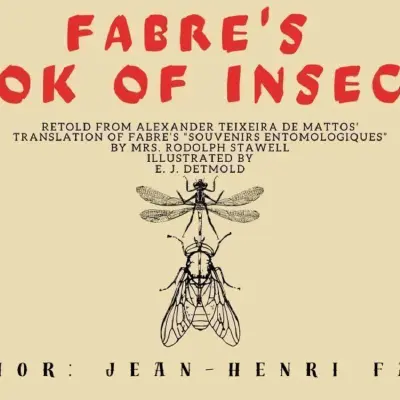This story was originally published on HackerNoon at: https://hackernoon.com/the-capricorn. An eighteenth-century philosopher, Condillac, describes an imaginary statue, organised like a man, but with none of a man’s senses. Check more stories related to writing at: https://hackernoon.com/c/writing. You can also check exclusive content about #non-fiction, #natural-history, #hackernoon-books, #project-gutenberg, #books, #jean-henri-fabre, #ebooks, #fabre's-book-of-insects, and more. This story was written by: @jeanhenrifabre. Learn more about this writer by checking @jeanhenrifabre's about page, and for more stories, please visit hackernoon.com. An eighteenth-century philosopher, Condillac, describes an imaginary statue, organised like a man, but with none of a man’s senses. He then pictures the effect of endowing it with the five senses, one by one, and the first sense he gives it is that of smell. The statue, having no sense but smell, inhales the scent of a rose, and out of that single impression creates a whole world of ideas. In my youth I owed some happy moments to that statue. I seemed to see it come to life in that action of the nostrils, acquiring memory, concentration, judgment, and other mental qualities, even as still waters are aroused and rippled by the impact of a grain of sand. I recovered from my illusion under the teaching of my abler master the animal. The Capricorn taught me that the problem is more obscure than the Abbé Condillac led me to suppose.
